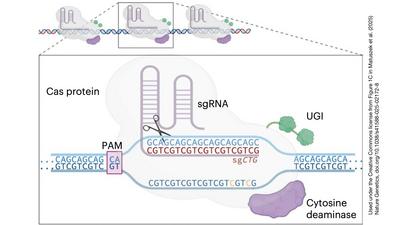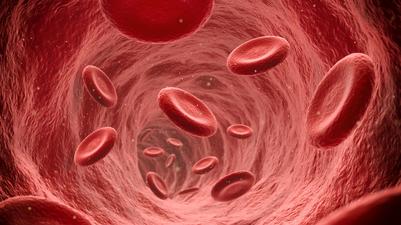Disease name: Friedreich's ataxia
ICD-10 Disease Code: G11.11 - Friedreich's ataxia
ICD-10 Disease Group: G11 - Hereditary ataxia
General description:Friedreich’s ataxia (FRDA) is a genetic, neurodegenerative disease characterised by movement associated impairments caused by damage to the nervous system. Disease symptoms usually occur at 5 to 15 years old. The primary symptom is difficulty with coordinating movements known as ataxia.
FRDA progresses over time and leads to debilitating symptoms that affect movements throughout the body and eventually leads to wheelchair usage usually about 15 to 20 years after the age of onset. FRDA is caused by mutations in the FXN gene that encodes the protein frataxin. The precise biological role of frataxin is still poorly understood but it is believed deficiency of this protein leads to the progressive motor disabilities seen in FRDA.
FRDA can be diagnosed using motor nerve conduction studies, an ECG or MRI exam or genetic testing to identify the causative mutation.
Mutations:FRDA is caused by an unstable triplet nucleotide expansion in the FXN gene. Although the specific function of frataxin is unknown, it appears to be vital for proper cellular functioning and is required specifically for mitochondrial functioning. The disease is inherited in an autosomal recessive manner, requiring inheritance of the mutated gene from both parents to cause disease onset. Once both copies are inherited, the nerve and heart cells that depend heavily on cellular energy production by the mitochondria begin to degrade, leading to disease symptoms.
Most individuals suffering with FRDA have an expanded GAA trinucleotide repeat. Healthy individuals have about 30 repeats of GAA in the FXN gene, where patients with FRDA can have up to 1300 repeats. The length of the alleles is related to the age of onset and the age between onset and wheelchair usage. The mutation is located in a non-coding region of the gene and results in gene silencing and subsequently failure to produce adequate frataxin.
Disease frequency:The disease frequency for FRDA is approximately 1 in 40,000 individuals.
Symptoms:Initial symptoms begin in childhood or adolescence and are characterised by progressive limb and gait ataxia. Initial symptoms may include abnormal posture, frequent falling and progressive walking difficulties caused by ataxia. Symptoms progress and individuals often develop speech impairment known as dysarthria, foot deformities and scoliosis, all due to poor muscle movement. Other symptoms involve muscle weakness, involuntary eye movements, and heart palpitations from heart disease.
FRDA is frequently associated with heart disease known as cardiomyopathy due to degradation of tissue in the heart. Some individuals also develop diabetes mellitus. As the disease progresses, symptoms exacerbate leading to wheelchair confinement, loss of hearing or hearing difficulties. Loss of vision may also occur later in severe disease onset, as well as dysphagia that can make eating and drinking difficult. Another less common symptom is bladder hyperactivity.
Late-onset FRDA (LOFA) and Very late onset FRDA (VLOFA) are rare, atypical forms where disease symptoms do not manifest until between 26 and 39 years old for LOFA and above 40 for VLOFA. Disease progression is usually slower in these forms of FRDA.
FRDA with retained reflexes (FARR) is another very rare form where reflexes may be retained for up to 10 years after disease onset.
Treatment:There is currently no cure for FRDA and treatment is symptomatic and supportive and aims at targeting the range of symptoms involved. A multidisciplinary treatment and continuous monitoring to prevent complications is necessary. Wheelchairs, braces, walking aids and physical therapy may help treat gait and limb ataxia. Surgery could be used to alleviate some symptoms such as scoliosis and curvature of the feet. Baclofen and botulinum toxin may be useful to treat spasticity. Some specific medicines can be used to treat diabetes and heart disease such as insulin and anti-coagulants or anti-arrhythmic agents. Some drugs and corrective devices can also be used to treat symptoms of hearing and vision impairment. A speech therapist may be necessary to help with speech impairment.
Sources:- https://www.icd10data.com/
- https://www.orpha.net/consor/cgi-bin/index.php
- https://rarediseases.org/
- https://medlineplus.gov/genetics/





